Power Subsidy Soars as FG Faces Mounting Electricity Sector Debt
36 Governors Oppose Electricity Act Amendment Amid Soaring Subsidies
The Federal Government’s electricity tariff subsidy surged dramatically from ₦610 billion in 2023 to ₦1.94 trillion in 2024, marking a staggering 219.67% increase, according to reports by The PUNCH. This sharp rise occurred despite the upward tariff adjustment for Band A customers in April 2024.
Both the Nigerian Electricity Regulatory Commission (NERC) and industry experts linked the subsidy spike to key economic developments, including the floating of the naira by President Bola Tinubu in June 2024, the removal of fuel subsidies, and subsequent inflationary pressures.
Rising Subsidy and Low Settlement
According to NERC, the ₦1.94 trillion subsidy was meant to bridge the gap between cost-reflective tariffs and government-approved rates. However, the Federal Government only disbursed ₦371.34 million, a mere 0.019% of its obligation.
NERC noted, “Due to the absence of cost-reflective tariffs across all DisCos in 2024, the FG incurred a subsidy obligation of ₦1.94 trillion—62.59% of NBET invoices—averaging ₦161.85 billion monthly.”
For context, the 2023 subsidy burden stood at ₦610.06 billion, as DisCos remitted just ₦685.69 billion of the ₦1.29 trillion NBET invoice.
In 2024, despite rising inflation and FX volatility, the Federal Government froze customer tariffs at December 2022 levels, thereby worsening the subsidy burden.
Quarterly Breakdown of 2024 Subsidy Burden
-
Q1 2024: Subsidy reached ₦633.30 billion, up 303% from 2023’s quarterly average of ₦157.15 billion, and up 1,699% compared to 2022’s ₦35.21 billion.
-
Q2 2024: Band A tariffs were revised to cost-reflective levels, reducing subsidy to ₦380.06 billion — a 39.99% decrease.
-
Q3 2024: With tariffs frozen again in July, the burden increased by ₦84.06 billion, reaching ₦464.12 billion.
-
Q4 2024: Subsidy rose further by ₦91.63 billion, totaling ₦471.69 billion.
Although tariffs charged to customers were frozen, cost-reflective rates kept climbing, driven by inflation and FX instability.
The subsidies only applied to the generation cost owed by DisCos to the Nigerian Bulk Electricity Trading Plc (NBET), under a new DisCo Remittance Obligation (DRO) framework which replaced the former Minimum Remittance Obligation in January 2024. DisCos are now required to pay 100% of their DROs, with the FG covering the balance via direct subsidy.
DisCo-Specific Subsidy Breakdown
NERC’s report detailed how the ₦1.94 trillion subsidy was allocated across DisCos:
-
Abuja DisCo: ₦285 billion
-
Ikeja DisCo: ₦272 billion
-
Ibadan DisCo: ₦236 billion
-
Eko DisCo: ₦231 billion
-
Benin DisCo: ₦169 billion
-
Enugu DisCo: ₦161 billion
-
Port Harcourt DisCo: ₦149 billion
-
Kaduna DisCo: ₦128 billion
-
Kano DisCo: ₦124 billion
-
Jos DisCo: ₦118 billion
-
Yola DisCo: ₦67 billion
Yola DisCo had the highest cost-reflective tariff at ₦266.64/kWh, due to high insecurity, vandalism, and operational costs. Since its allowed tariff was the same as other DisCos, it received nearly double the average subsidy per unit delivered.
At the national level, the average cost-reflective tariff stood at ₦175.31/kWh, while the allowed tariff averaged ₦100.27/kWh, creating a ₦75.04/kWh subsidy gap.
Federal Government’s Debt and Industry Crisis
Despite the large obligations, the Federal Government only paid ₦371.34 million, leaving ₦1.94 trillion unpaid. This meager settlement has exacerbated debt across the power value chain, with generation companies (GenCos) reportedly owed close to ₦5 trillion.
Under the new framework, NBET invoices the Federal Ministry of Finance, which is then expected to settle the balance to GenCos. However, Minister of Power, Adebayo Adelabu, acknowledged that the government was unable to meet this obligation, pushing GenCos into severe financial strain.
Expert Commentary: Structural Issues and FX Burden
Power sector analyst Bode Fadipe attributed the subsidy spike to naira devaluation and Nigeria’s reliance on imported infrastructure components.
“Most power sector inputs are dollar-denominated, including gas feedstock. Tariff reviews always consider FX and inflation. A weaker naira automatically increases subsidy requirements,” he explained.
Fadipe criticized the government’s failure to meet its obligations, warning that the sector could remain dysfunctional for decades unless systemic changes occur.
“It’s unfortunate. I don’t expect salvation in the next 20 to 30 years if this structure remains. If the ₦1.94 trillion is separate from the ₦4 trillion debt, we may be talking ₦6 trillion, which is more than the budget of several Nigerian states combined,” he warned.
When asked about full subsidy removal, Fadipe argued that the actual cost of electricity remains unclear. He warned that any drastic increase could worsen energy theft.
“The tariff alone is not a silver bullet. We need a comprehensive sector reform. Even after the Band A hike, we’re already struggling. If you remove 100% subsidy, expect more power theft,” he noted.
Dangote Calls for Private Sector Investment
Meanwhile, Aliko Dangote, President of the Dangote Group, urged Nigerian investors to tap into the power sector’s potential. He revealed that the group currently generates over 1,500MW for its internal operations.
“If a single company can generate that, Nigeria should be producing 50,000 to 60,000MW,” Dangote said, calling for more domestic investments instead of capital flight.
He emphasized that Nigeria’s privatised power sector presents huge opportunities and urged wealthy Nigerians to invest locally to grow the economy.
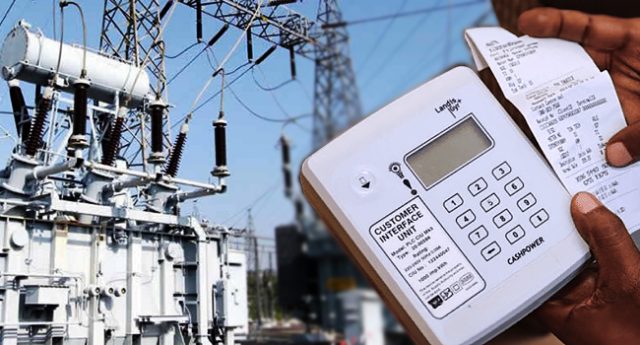
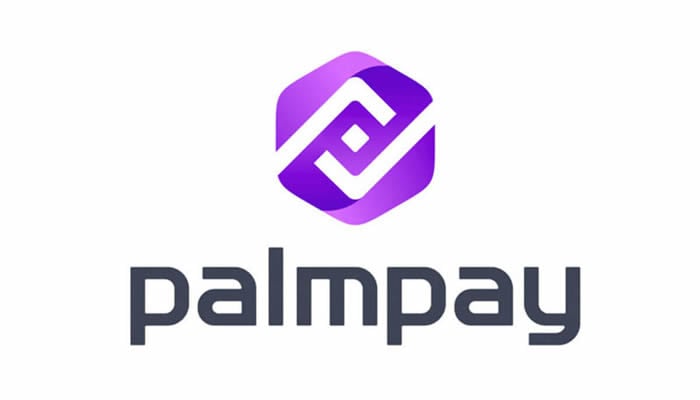
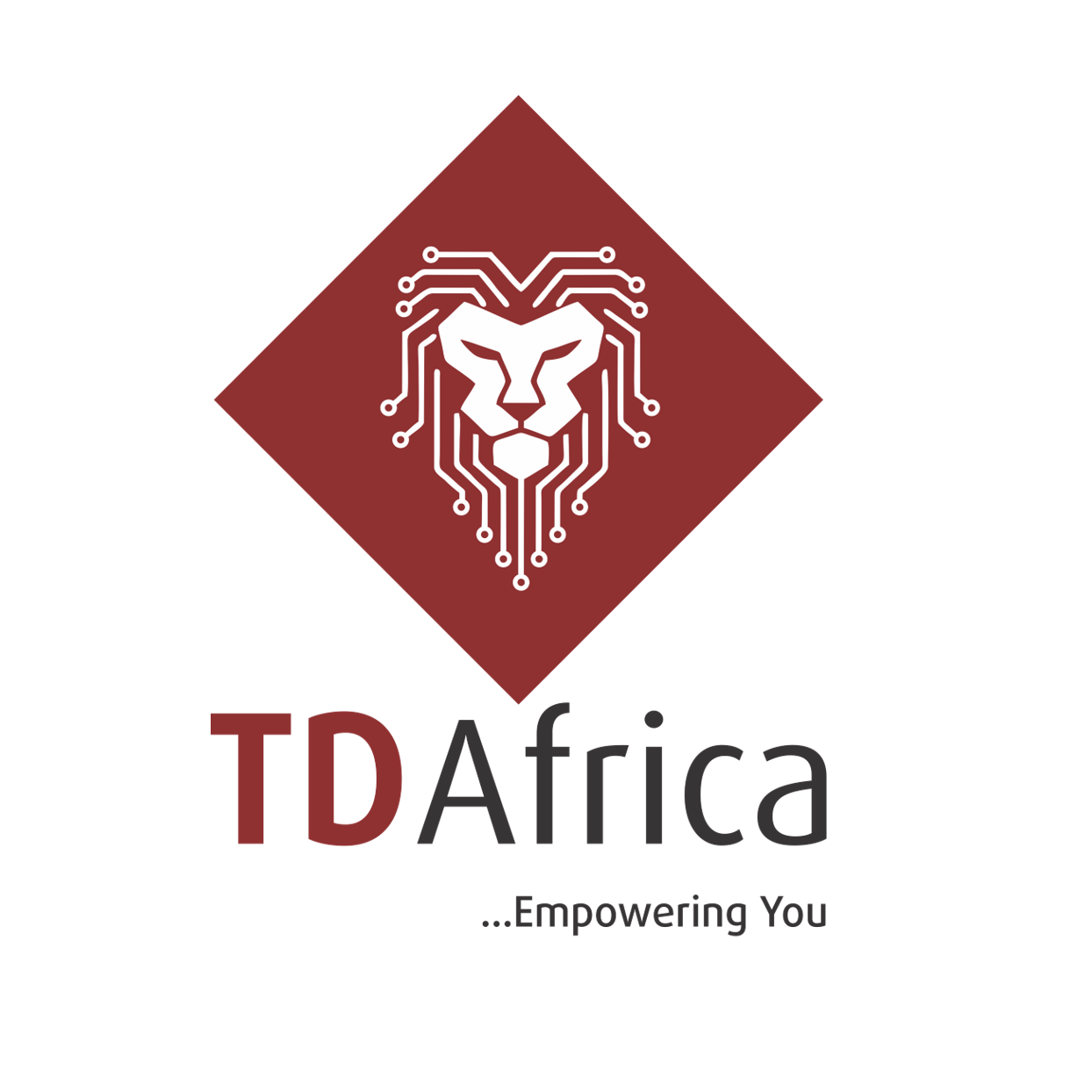

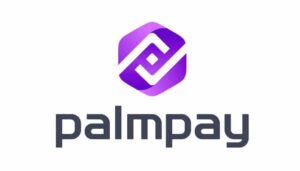
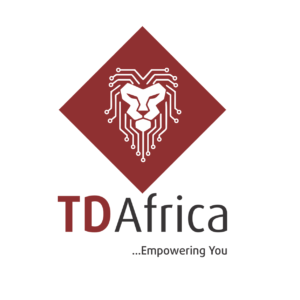


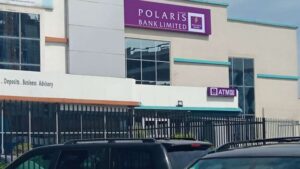
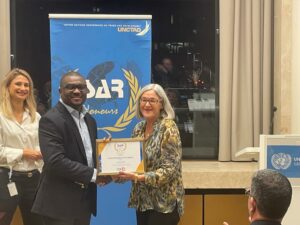
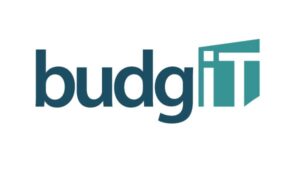
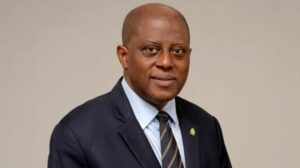
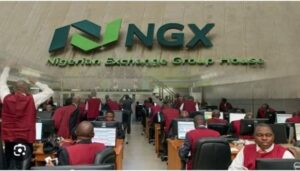
Post Comment